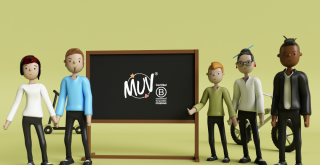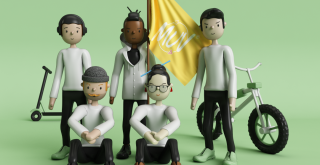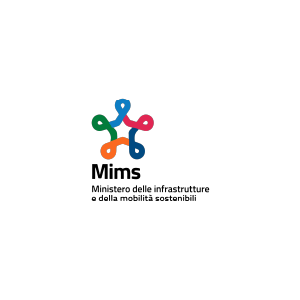20 November 2020
Sustainable mobility in schools aims to promote the health of students through their movement, reduce the presence of cars in front of schools, promote sociality and autonomy.
In this post, we’ll walk through promoting sustainable mobility for young people, trying to focus on the importance of designing and reorganization of daily routes from home to school.
The main objective is to improve air quality and reduce pollution, reducing health risks for citizens, especially the youngest, who are among the most at risk. We refer to this article to deepen the risks and consequences of pollution for health and the analysis that seems to state that the Covid-19 affects the areas where the air is more polluted.
The Covid-19 health emergency has had a significant impact on people’s livelihoods, their health and in particular mobility behaviour and choices.
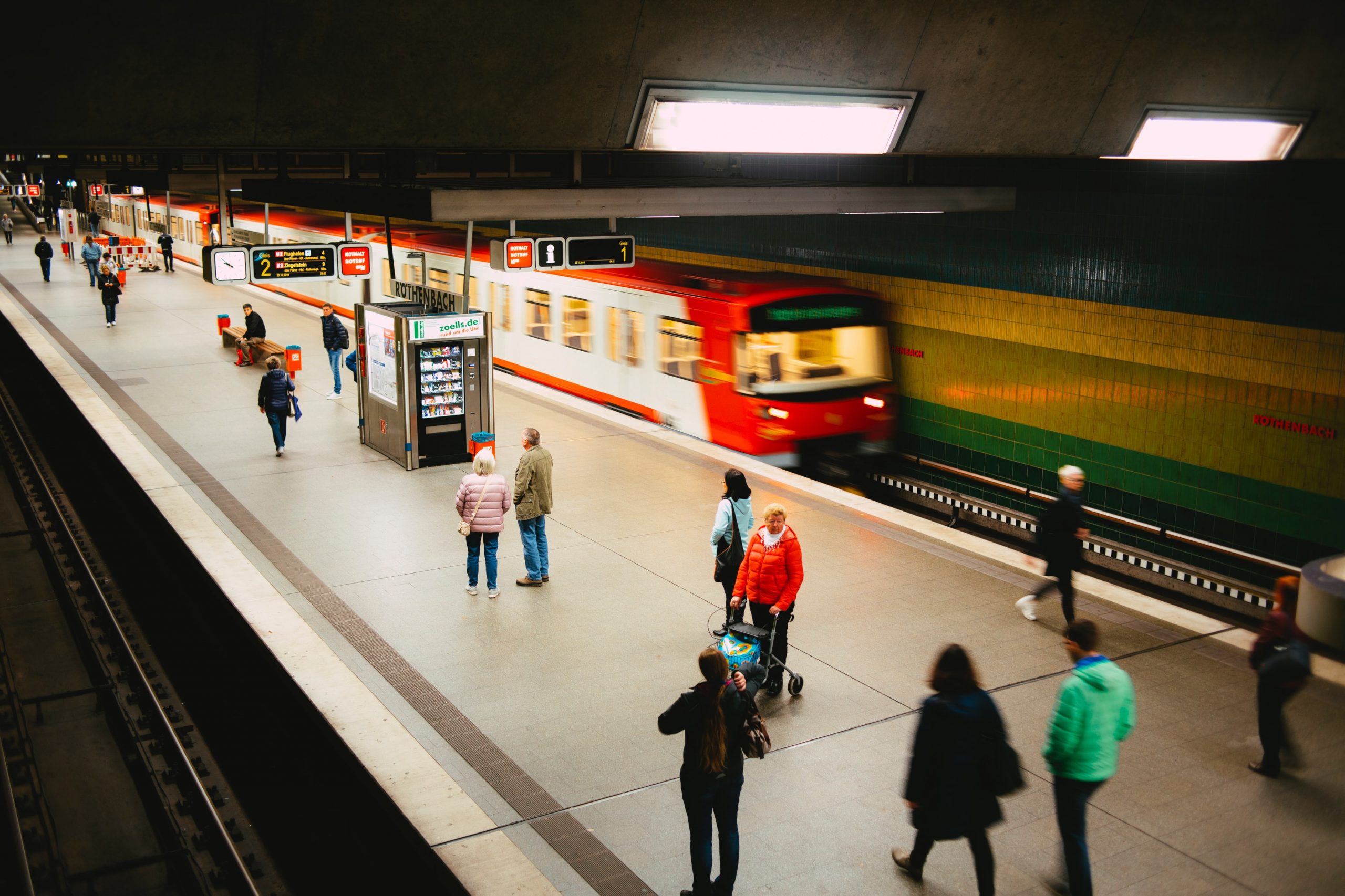
The ways of moving, especially for parents and pupils, should have been reorganized. Despite the task forces and guidelines, 262 million euros were spent in Italy on micro-mobility, cycling and eco-bonus incentives for cars and not to invest in the analysis of (new) mobility demand and transport planning for work or study.
What Does A Post-Pandemic World Look Like?
We launched a first national survey in April 2020 and collected more than 1,600 responses. The data is open and available at this link (only Italian language).
The analysis confirms concerns about a reduced propensity to use public transport. It is therefore of primary importance to discourage the return to the private car: the vehicular traffic generated mainly by home-school trips, which inevitably also affect home-work trips, is one of the major problems related to road congestion and urban mobility.
The planning and organization of urban routes to schools are now essential to reduce congestion during peak hours, ensure the distance between people and ensure safely back to school after Coronavirus closure.
Reshaping mobility’s future is no longer a choice.
The School must participate in educating new mobility habits of today and tomorrow. Implement specific actions to promote sustainable mobility on the way to school: on foot, by bike, using the bike or car-sharing and car-pooling. And, under appropriate conditions, also by public transport.
Educate to change and MUVing forward sustainable mobility in schools
As well as business needs, the needs of the student population and their families need to be heard. Young people who, more than anyone else in recent years, have fought for a more sustainable planet, positively influencing their families, teachers and schools.
The protection of the environment is today the main reason that triggers the protests of young people.
Fridays For Future is a movement that began in August 2018, after 15-year-old Greta Thunberg and other young activists sat in front of the Swedish parliament every school day for three weeks, to protest against the lack of action on the climate crisis and respect the 1.5 degree limit.
“We are in the beginning of a mass extinction and all you can talk about is money and fairy tales of eternal economic growth – how dare you!’”
Greta Thunberg’s full speech to world leaders at UN Climate Action Summit.
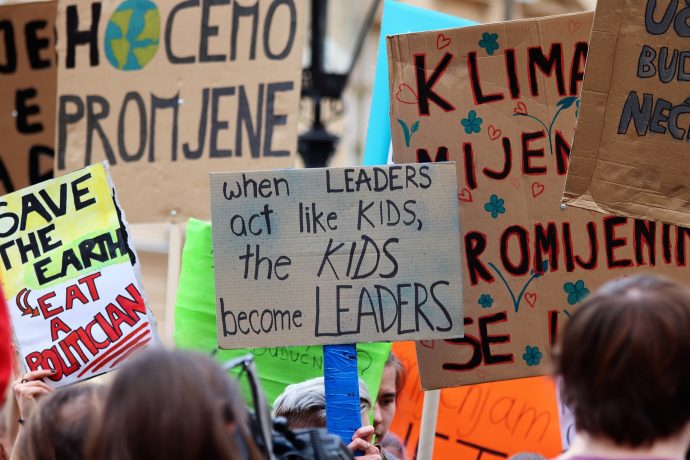
But Greta is not the only young activist of these years. Anna Taylor, Holly Gillibrand, Kyra Gantois, Anuna De Wever, Adelaide Chalier, Alexandria Villasenor. Young girls who are above all the citizens of the future who will inherit the world we will be able to deliver to them.
The school plays a strategic role in promoting sustainable development and a culture of sustainable mobility.
We must start from school. Let us educate to change to form an increasingly aware future generation.
Structural interventions such as preferential lanes, bike lanes, limited traffic zones, blue stripes and equipment in school parking lots with bicycle racks are all great steps forward, but they are not enough. A reorganization of school mobility is essential.
Without a coordination plan, there can be no effective promotion of sustainable and safe mobility.
Reorganizing mobility systems in cities, promoting sustainable and public transport and encouraging responsible and healthy behavior.
Who coordinates home-school travel promoting sustainable mobility?
At the head of this reorganization, there is the figure of the School Mobility Manager, a key role in all educational institutions of all levels to make traffic flows more efficient, safe and decrease pollution.
The School Mobility Manager, in addition to organizing and coordinating the home-school travel of school staff and pupils through the development of a Home-to-Study Travel Plan (HSTP) firstly he maintains links with municipal facilities and transport companies. Secondly he Coordinates with other schools in the same municipality. Thirdly he verifies solutions, with the support of companies that manage local transport services for the services improvement. Moreover, he guarantees intermodality and interchange and favours the use of bicycles and rental services of electric or low environmental impact vehicles.
The HSTP is a tool for managing the mobility of students, teachers, managers, school staff that aims to reduce the use of private transport, promote the use of local public transport for the benefit of air quality, the environment and congestion in our cities.
The realization and implementation of the HSTP provides:
- A phase of mapping the context and demand for transport
- A phase of analysis
- A proposal for new solutions and services
- An evaluation phase
- Dialogue with local authorities for the development of initiatives.
As well as the HSTP, there is the Home-to-Work Travel Plan (HWTP) which considers the daily travels of citizens who go to work.
MUV supports you the commuting planning of your community: find out more.
The future is a Team Play
Involving students is not easy. Involving students and parents is even less so.
In the last 8 years, during the MUV experimentation, we have conducted research on which “levers” and incentives generate new motivations and lead to a change in mobility habits.
It is called Edutainment (a neologism that merges Education and Entertainment) and by studying new entertainment techniques and behaviour design MUV was born.
We asked ourselves: how to stimulate students through a form of gamification to choose to go to school with sustainable means? Through a game.
MUV is a serious-game that changes the perception of everyday mobility and turns urban mobility into a sport. While students, parents and teachers play and challenge each other between tournaments and competitions, MUV collects information and data on environmental impacts useful for drawing up school mobility and sustainability plans.

The future is a Team play. Together we can activate the “school planet” in the new challenge of sustainable and safe mobility.
